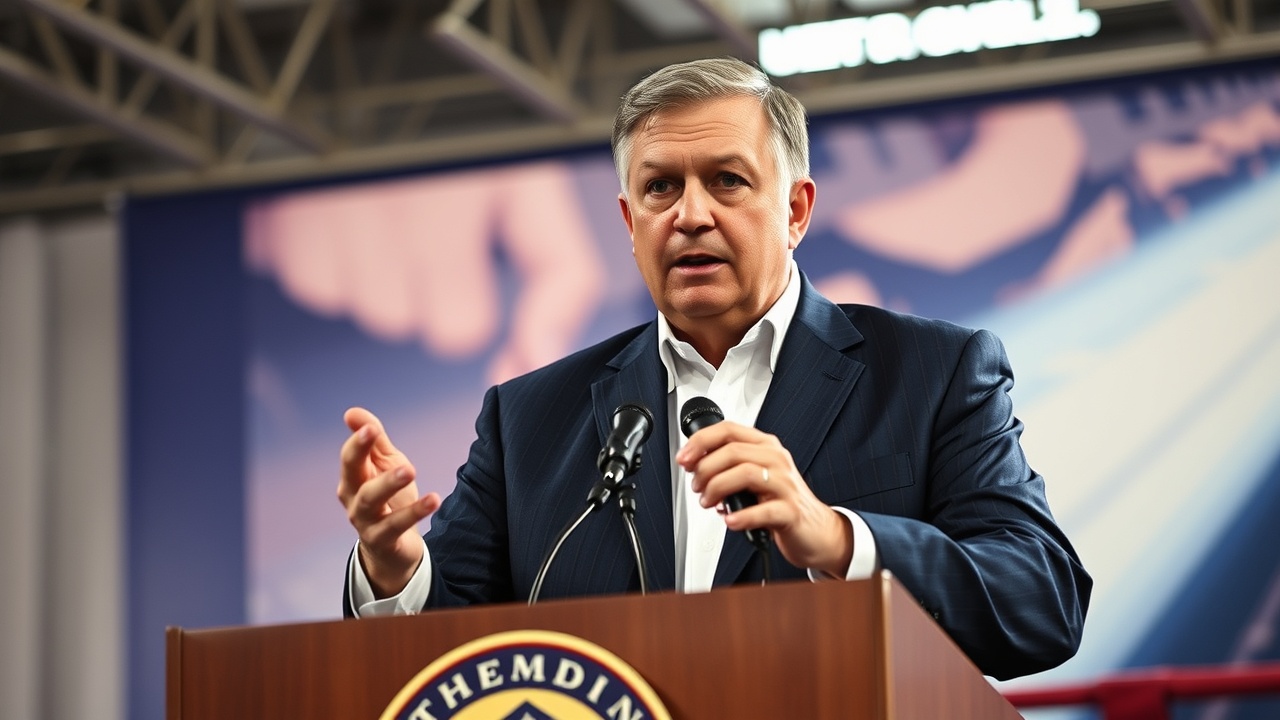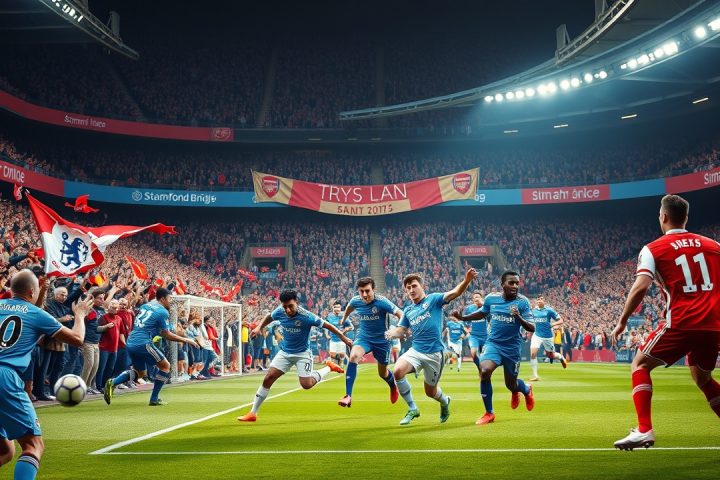Significance of Boxing’s Framework
Amid ongoing discussions about potential revisions to the Muhammad Ali Act, Mauricio Sulaimán, the President of the World Boxing Council (WBC), has reiterated the significance of boxing’s distinct framework for ensuring the safety and fairness of its athletes. He cautions that recent moves towards creating a more unified league format akin to the UFC could jeopardize the foundational values of the sport.
Decentralized Model of Boxing
In his recent column for Round 12, Sulaimán highlights boxing’s decentralized model, where regulatory and medical oversight is distinctly separate from the business aspects of the sport. He articulates,
“In our sport, sanctioning bodies focus exclusively on regulatory and medical issues, while promotional entities like Don King Promotions, Bob Arum’s Top Rank, and others manage business operations. Every decision made by the WBC is driven by adherence to rules and the pursuit of justice, not financial gain.”
This diverges sharply from the operational structure of major leagues such as the NFL, NBA, or FIFA, where the league governance possesses extensive control over various facets of the sport. Sulaimán notes that this centralized power diminishes the voice and freedom of the athletes, a principle that boxing’s structure aims to preserve.
The Muhammad Ali Act
Established in the mid-1990s, the Muhammad Ali Act was designed to empower boxers. It guarantees them autonomy in managing their careers, ensures financial transparency, and enforces a revenue-sharing model favoring fighters—typically an 80/20 split. Sulaimán remarks on the critical nature of this legislation, asserting,
“The law was established with the singular goal of ensuring total protection for athletes in every possible respect.”
In contrast, mixed martial arts promotions are not bound by the Ali Act and often maintain a tighter grip on revenue distribution, typically allocating around 83% to the promotion while the fighters receive a mere 17%. Sulaimán emphasizes that boxing fosters organic growth, illustrating through the journeys of fighters like Manny Pacquiao and Canelo Álvarez, who ascended to stardom from humble beginnings driven by talent and public engagement, as a testament to the efficiency of boxing’s ecosystem.
Safety Regulations in Boxing
The stringent regulations governing boxing facilitate athlete safety through comprehensive medical evaluations, licensing requirements, and mandatory insurance policies, making it a standout compared to emerging, often brutal “pseudo-sports.”
“In ensuring boxer safety, we contrast sharply with these emerging sports that evoke more concern than entertainment, reminiscent of ancient Roman spectacles,”
Sulaimán states.
Concerns About Promotional Landscape
Currently, there are concerns about TKO Group’s attempts to reform the promotional landscape in boxing, especially with Saudi investments aimed at consolidating the control of promotions, titles, and rankings into a format reminiscent of a closed league similar to the UFC.
Conclusion
In conclusion, Sulaimán’s insights draw attention to the vital need for maintaining boxing’s decentralized nature, promoting fighter freedoms, and upholding its regulatory structures to protect athletes. Phil Jay, a seasoned boxing journalist with over 15 years in the industry and Editor-in-Chief of World Boxing News, penned this article, reflecting on the evolving dynamics of boxing and championing its future.




